Stellantis developing hydrogen fuel cell light commercial vehicle; partnership with Faurecia and Symbio
Green Car Congress
APRIL 6, 2021
Stellantis is developing a hydrogen fuel cell powered light commercial vehicle (LCV) in addition to its battery-electric offerings. In LCV applications, Stellantis said, not all use cases can be covered by battery-electric technology. When required, peak power is provided by the battery located under the front seats.

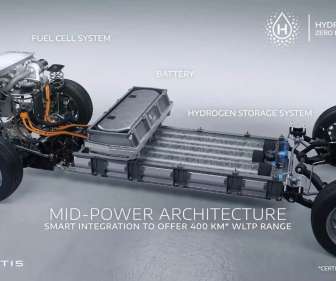

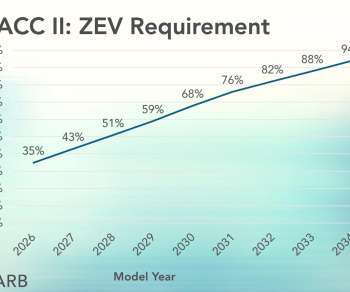
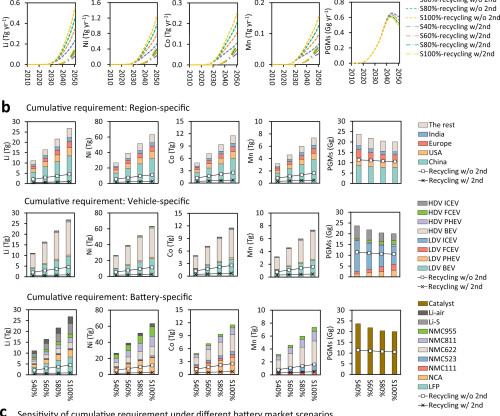

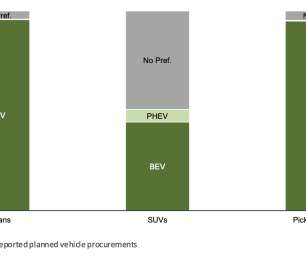

















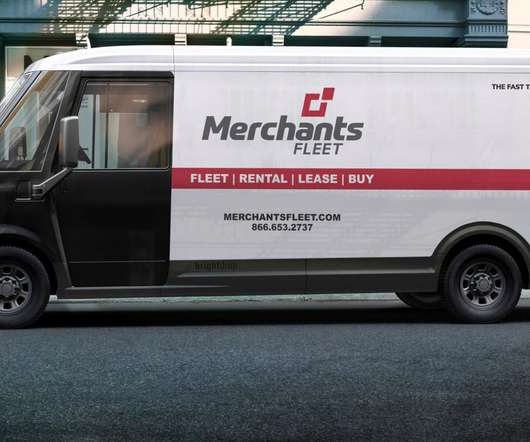















Let's personalize your content